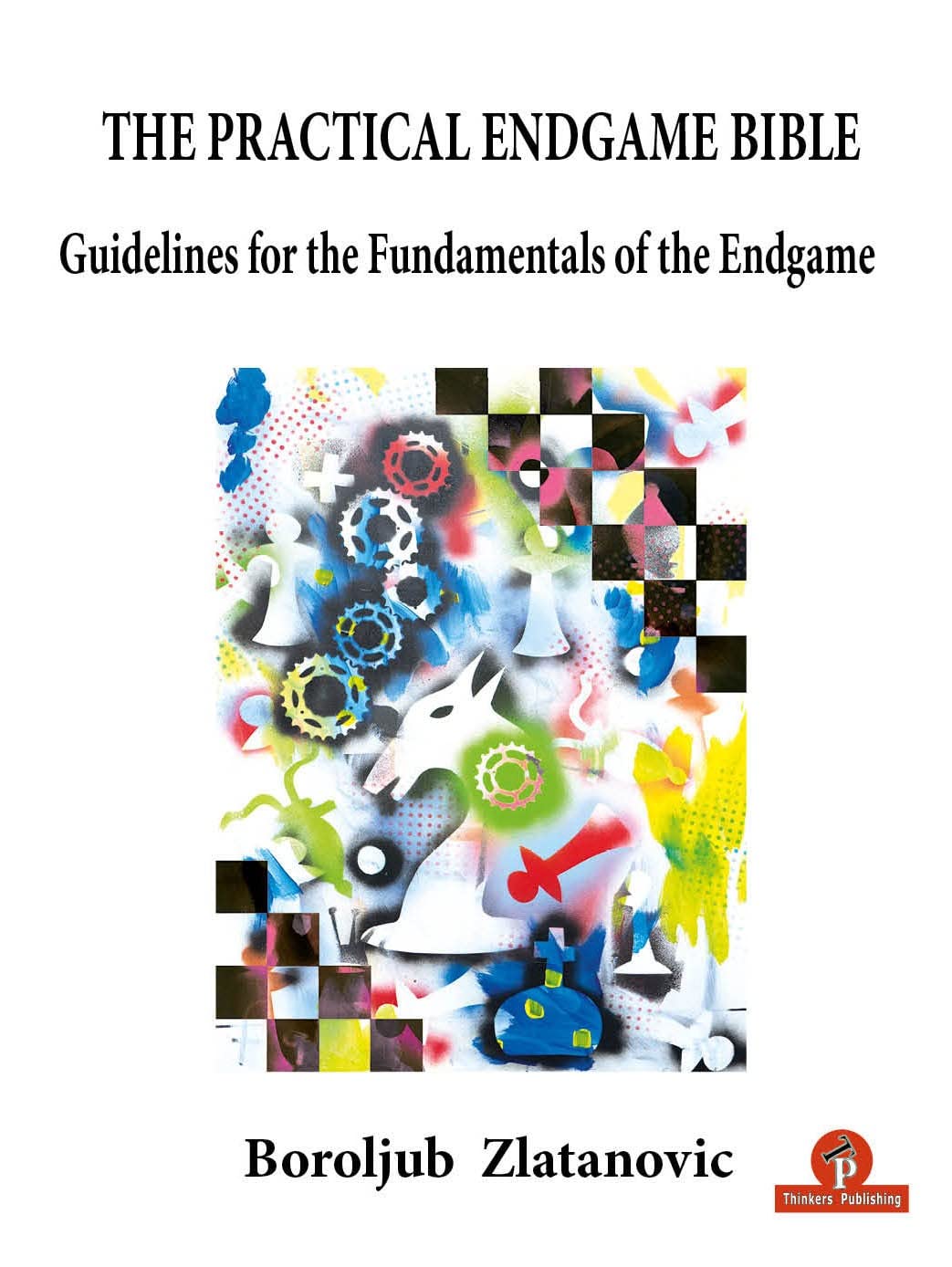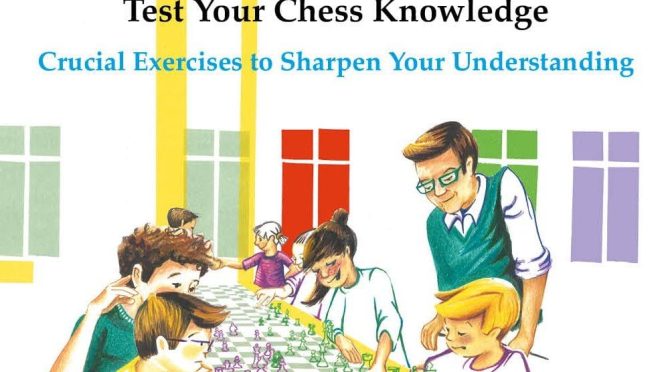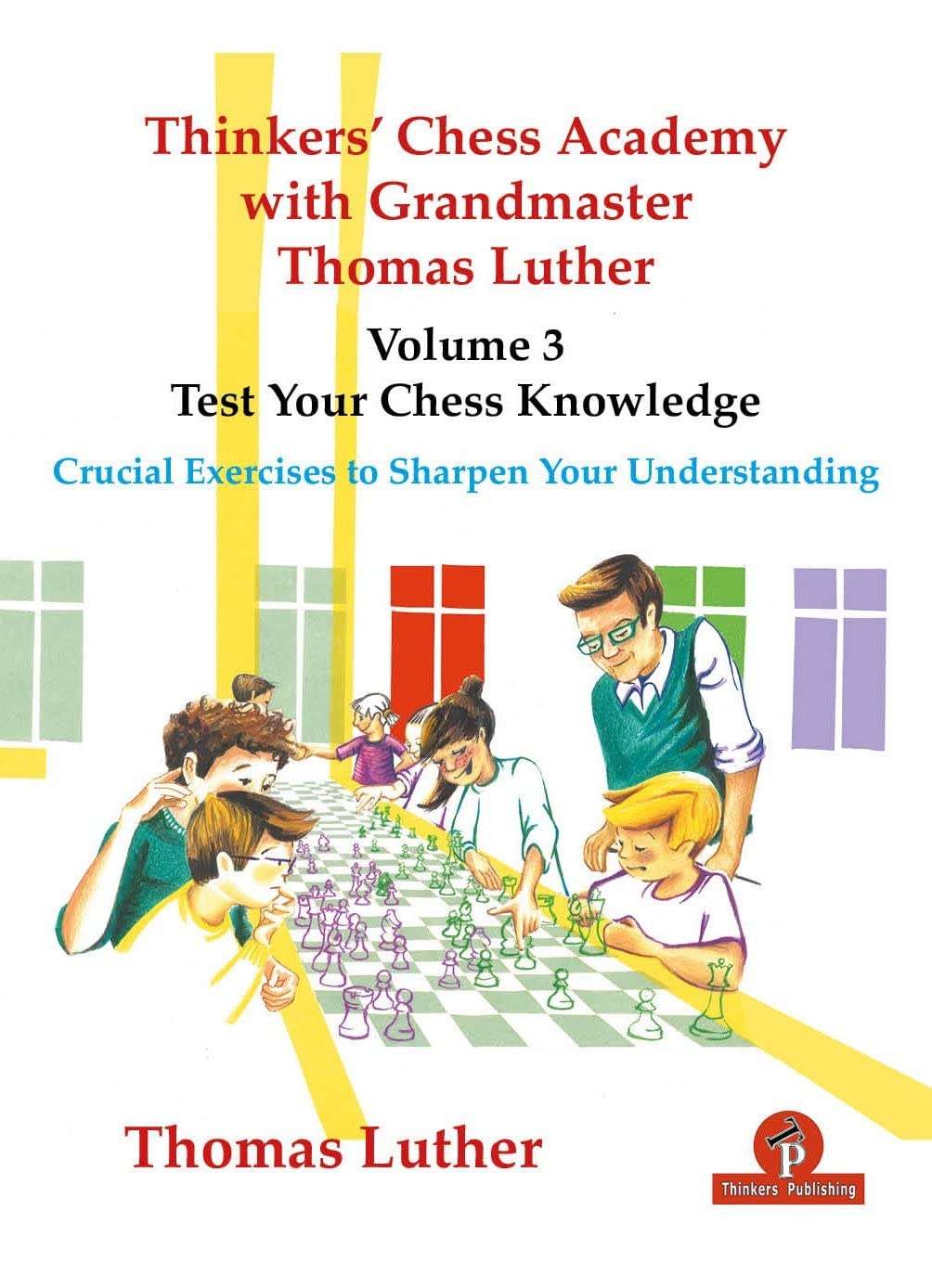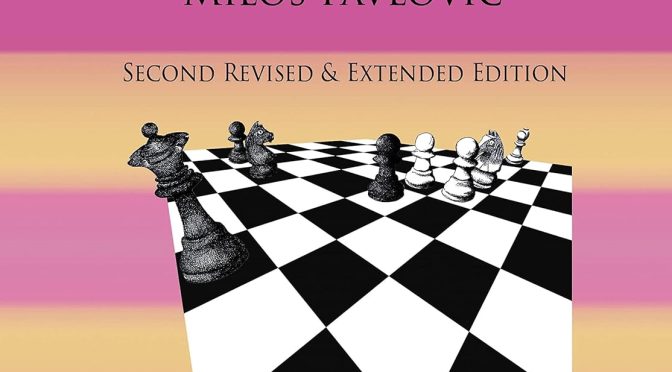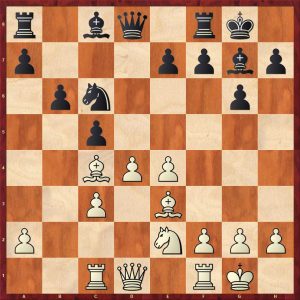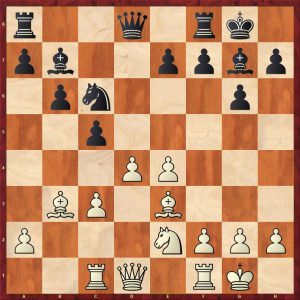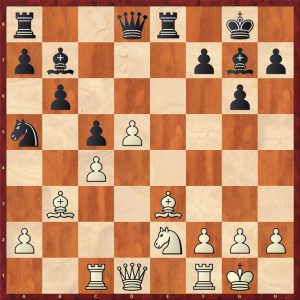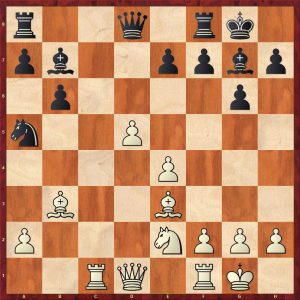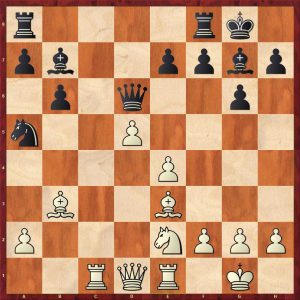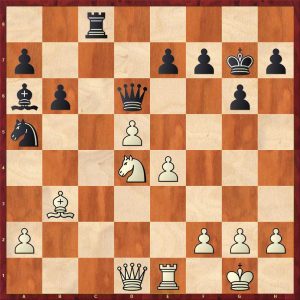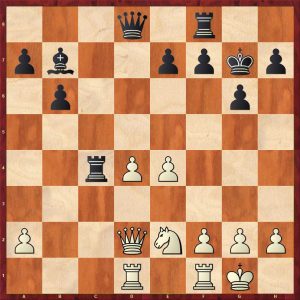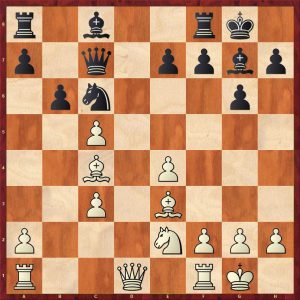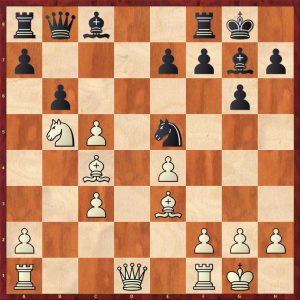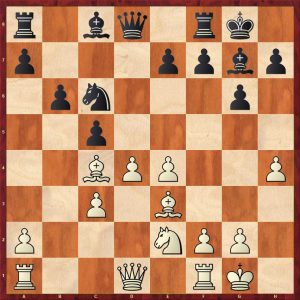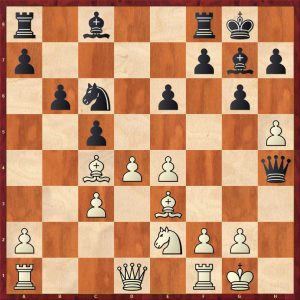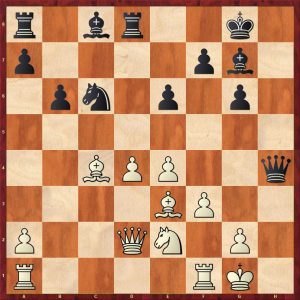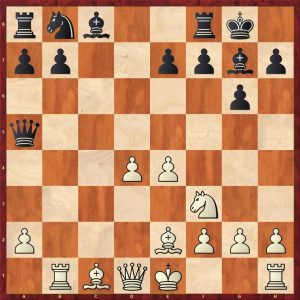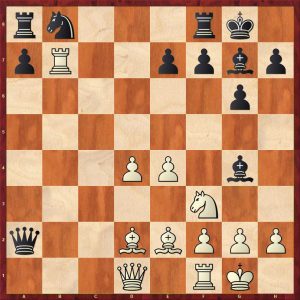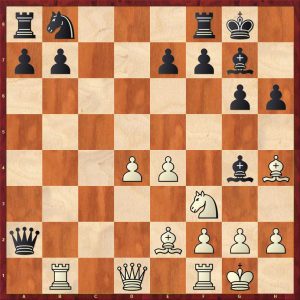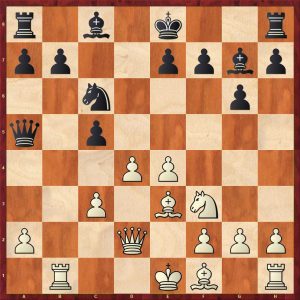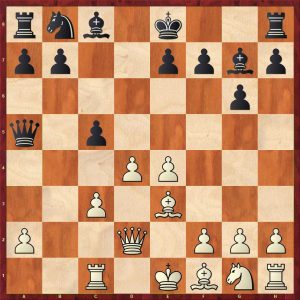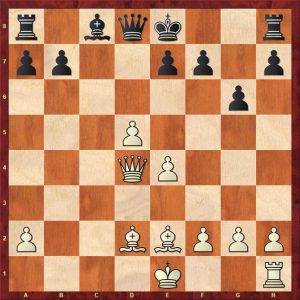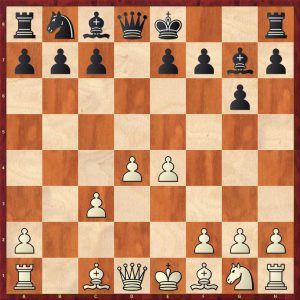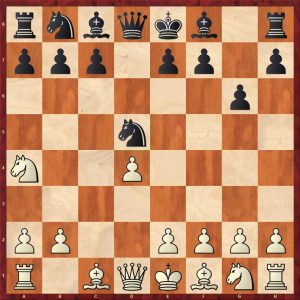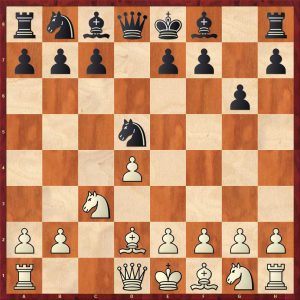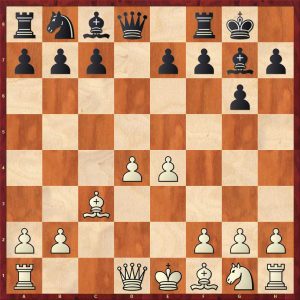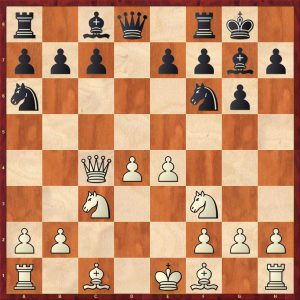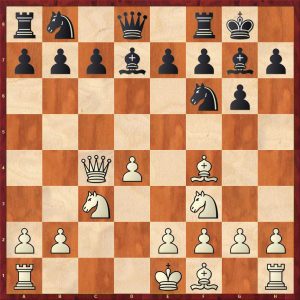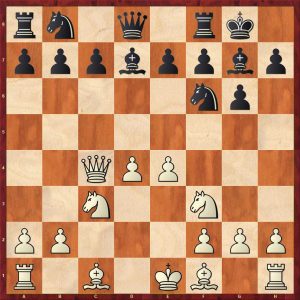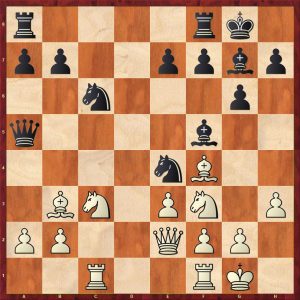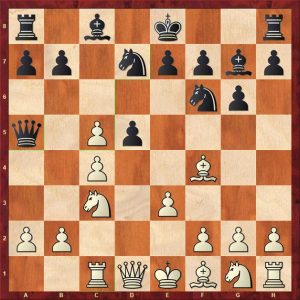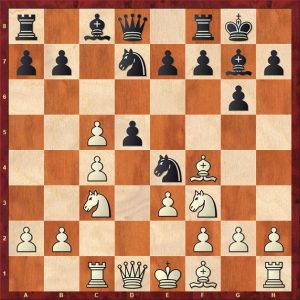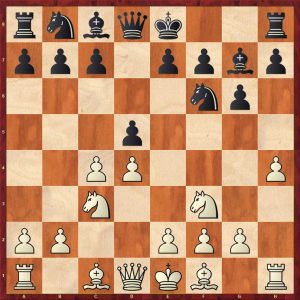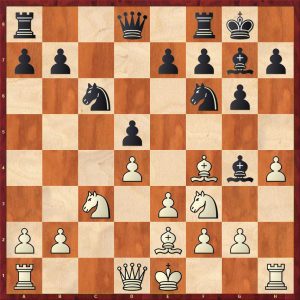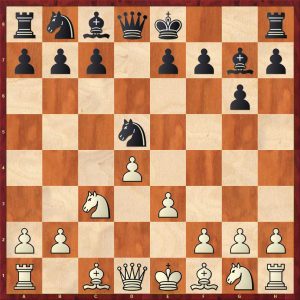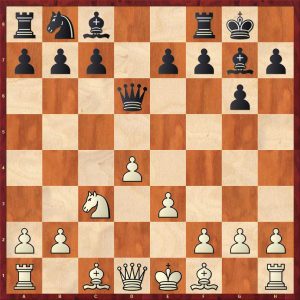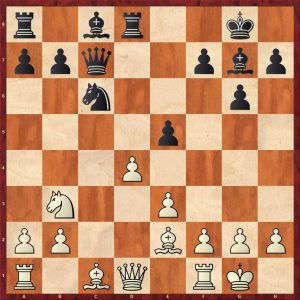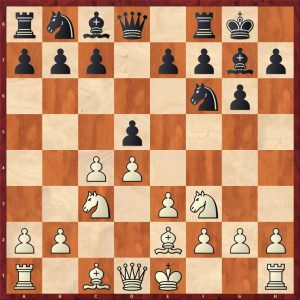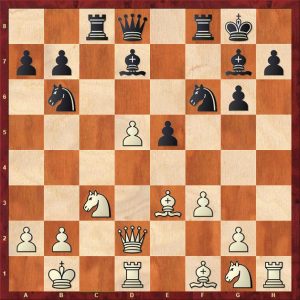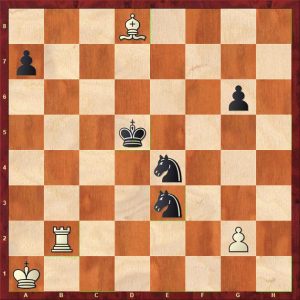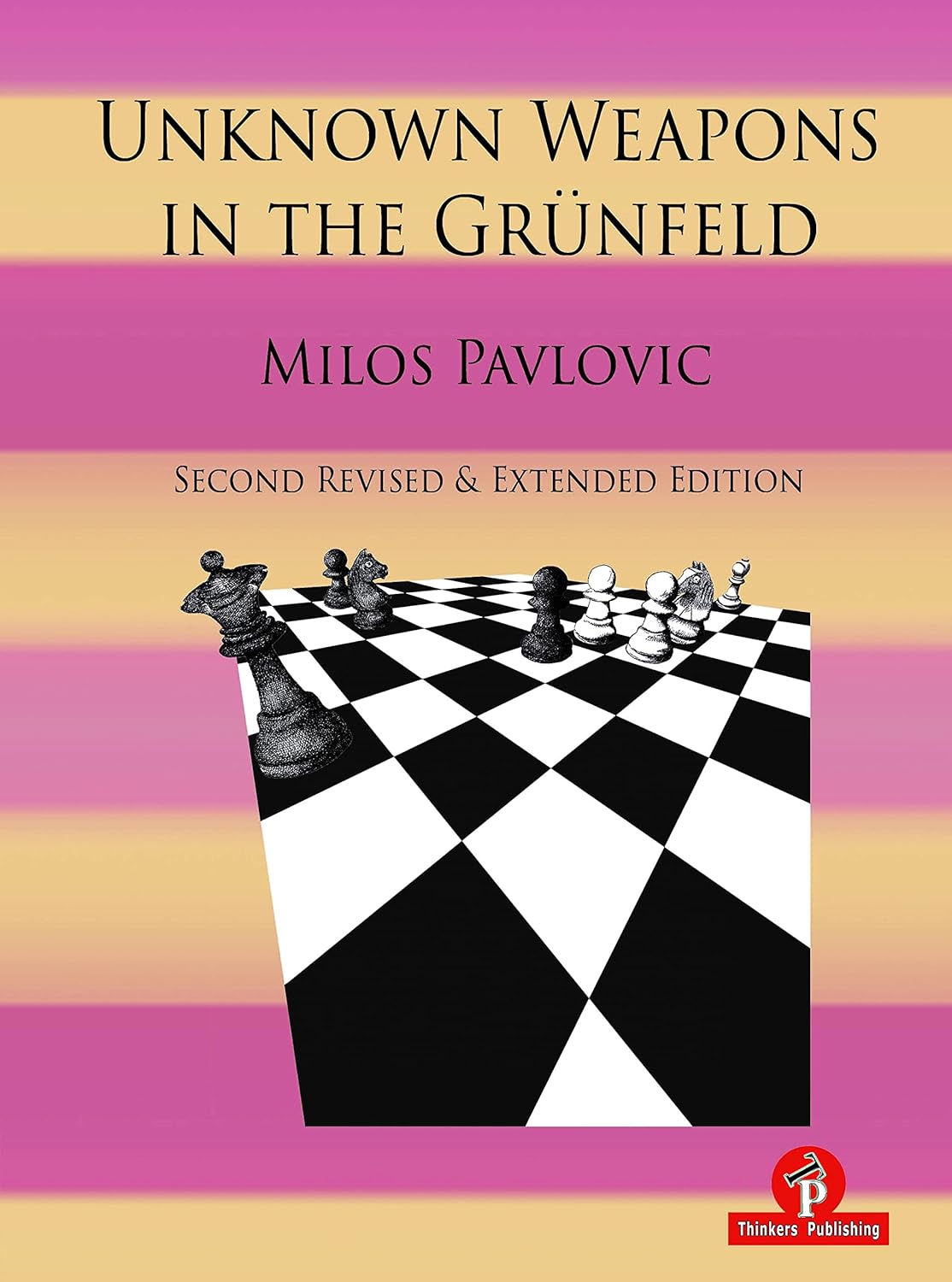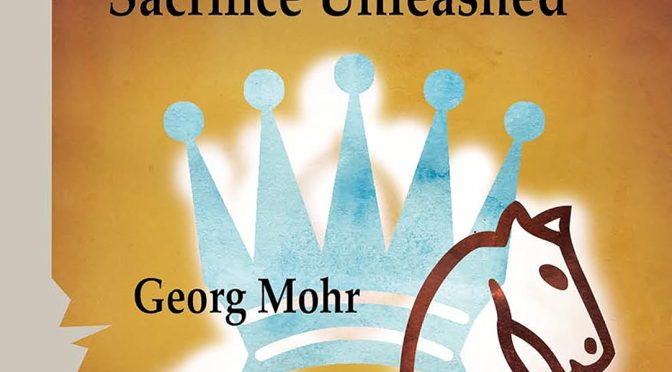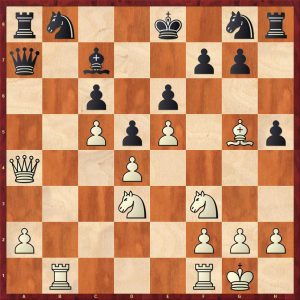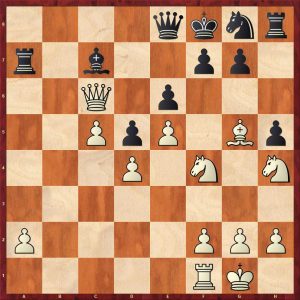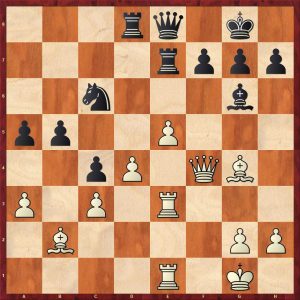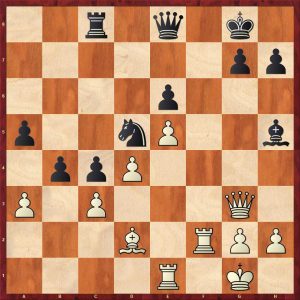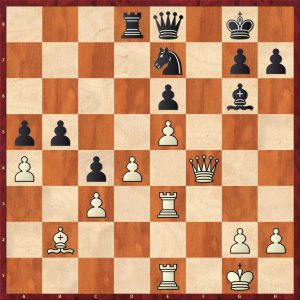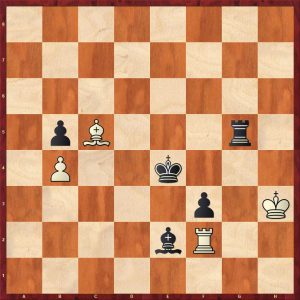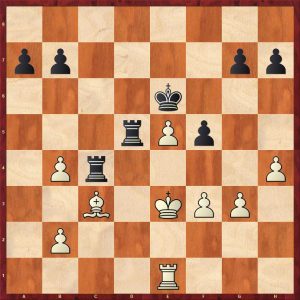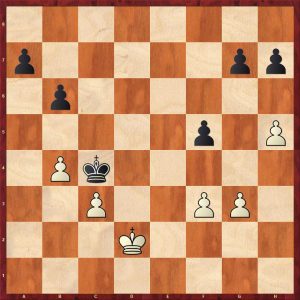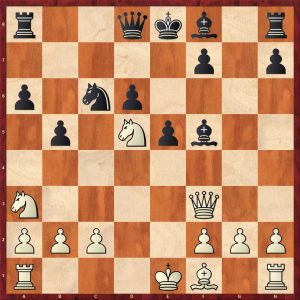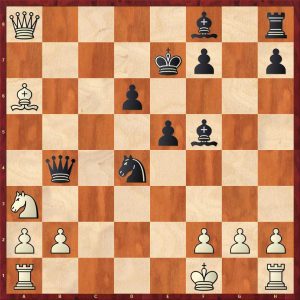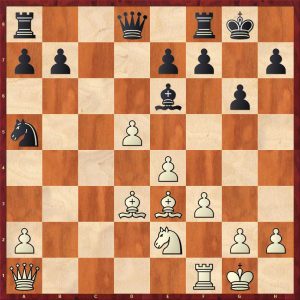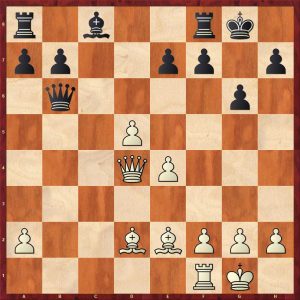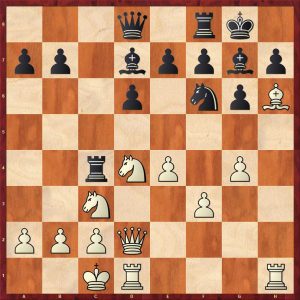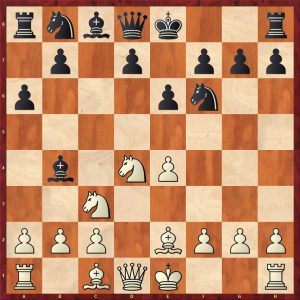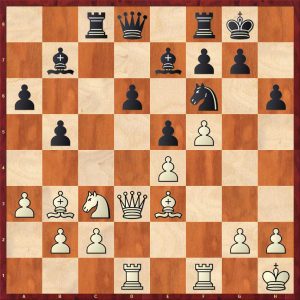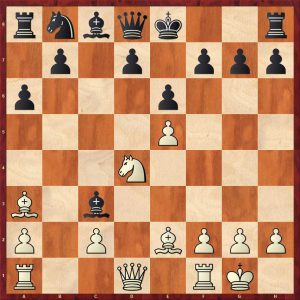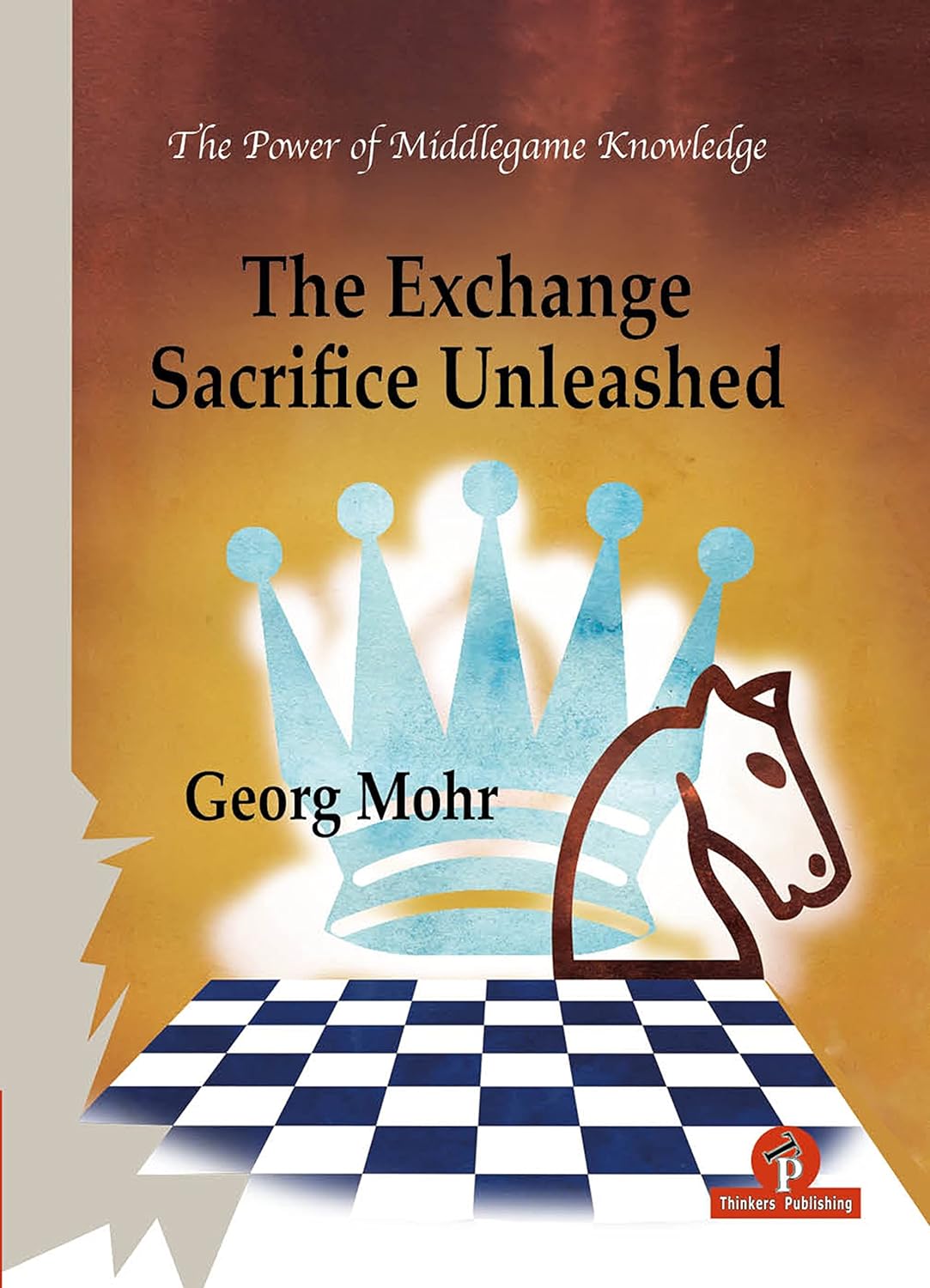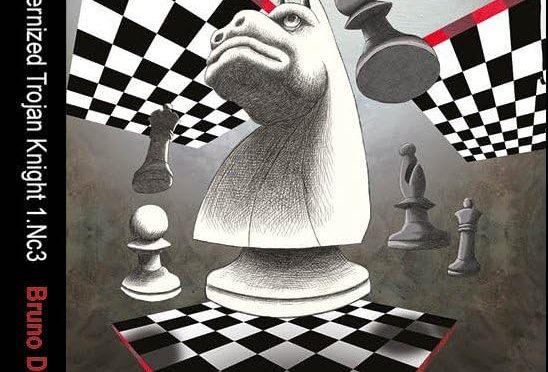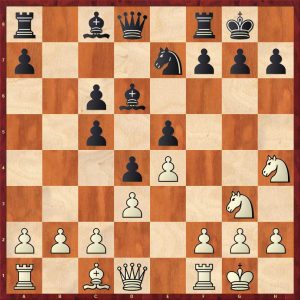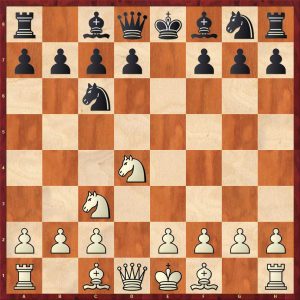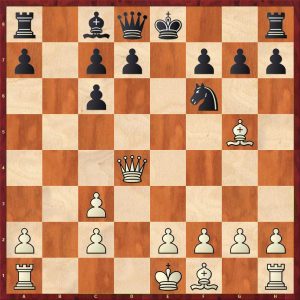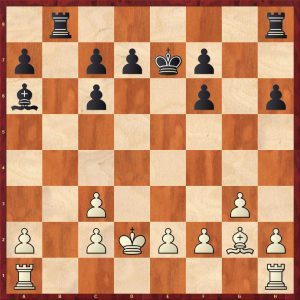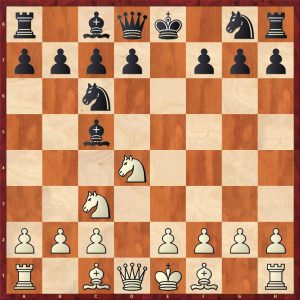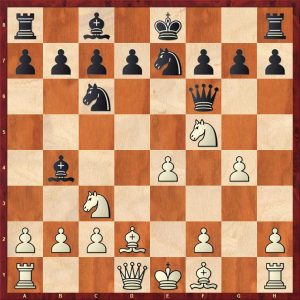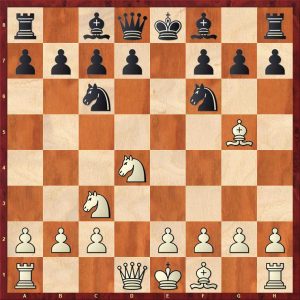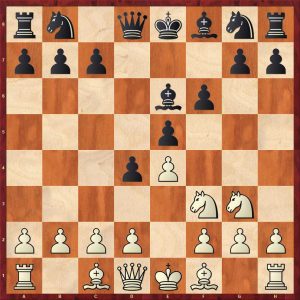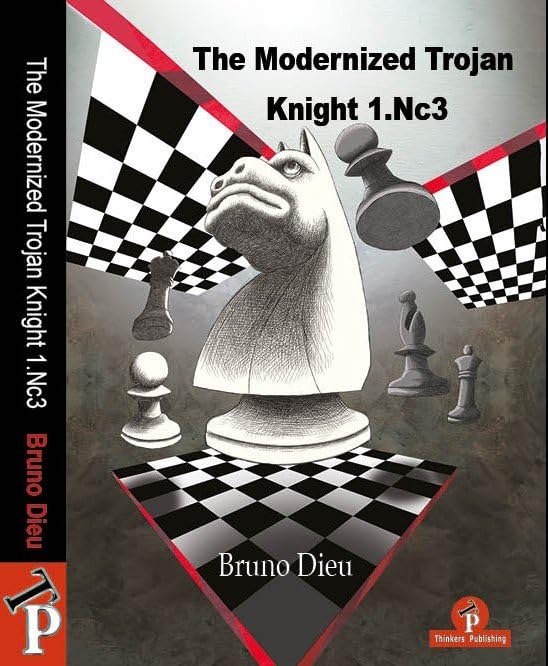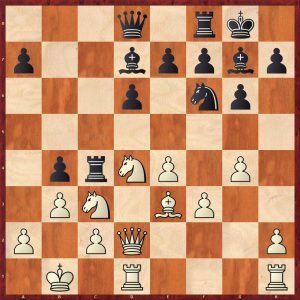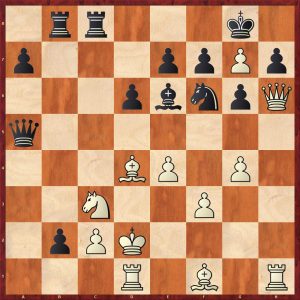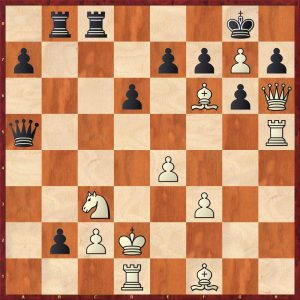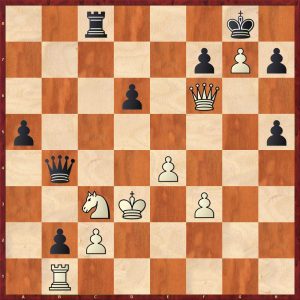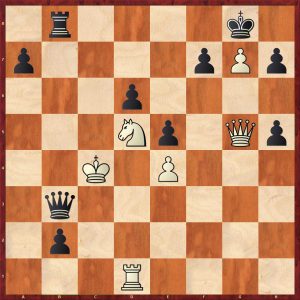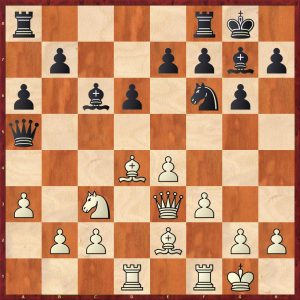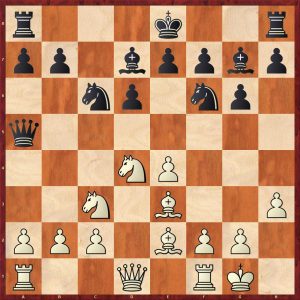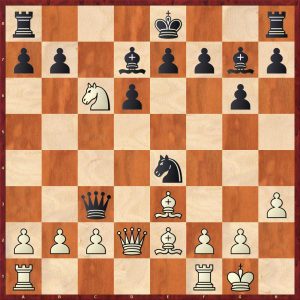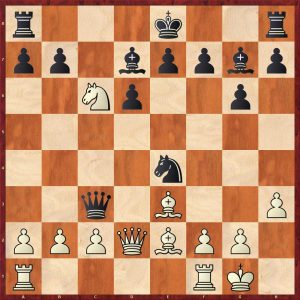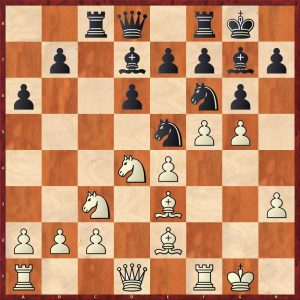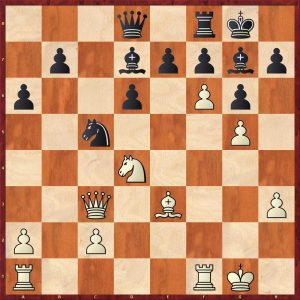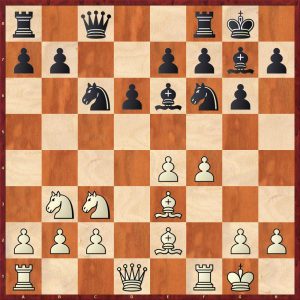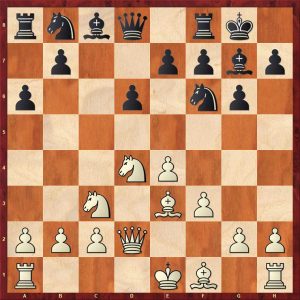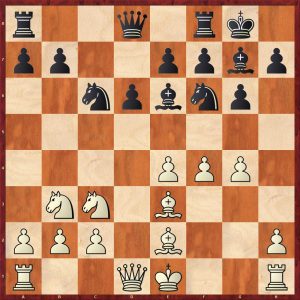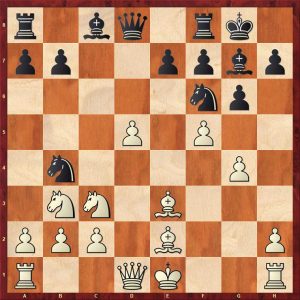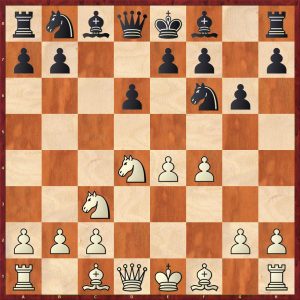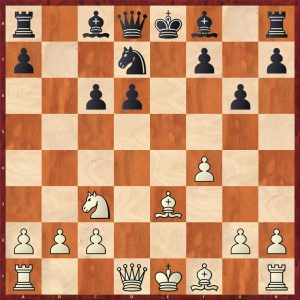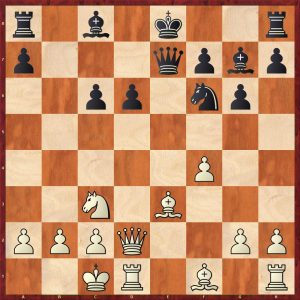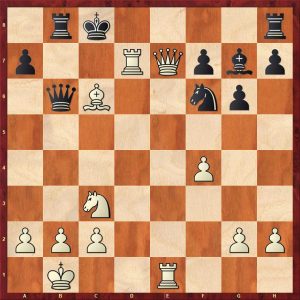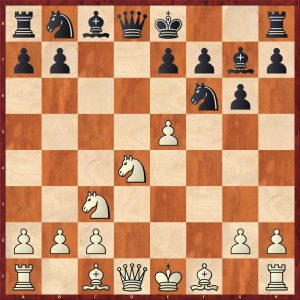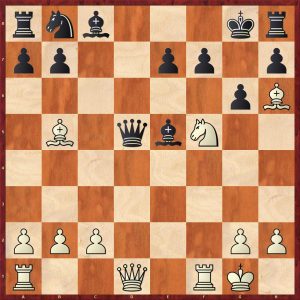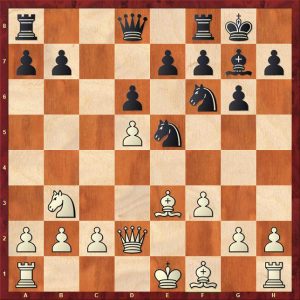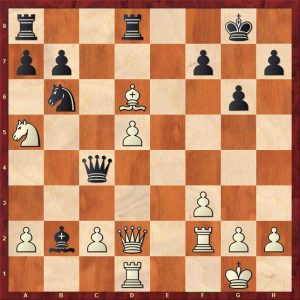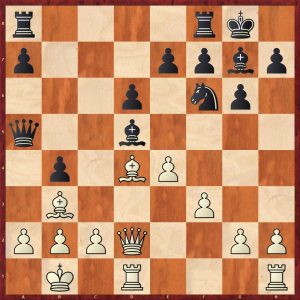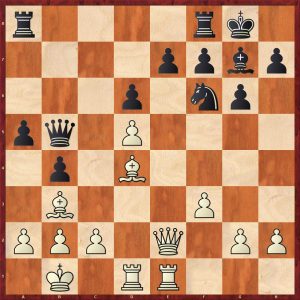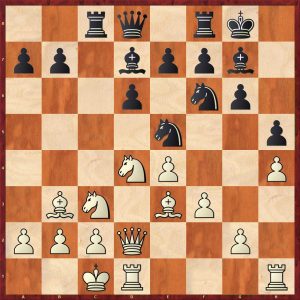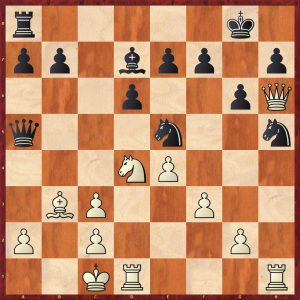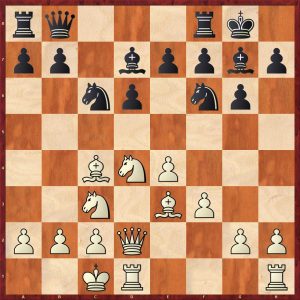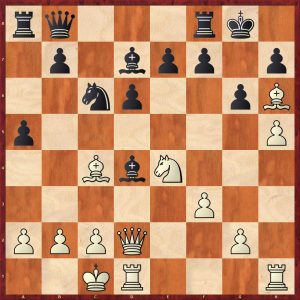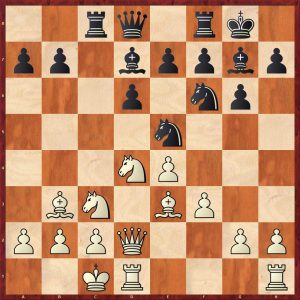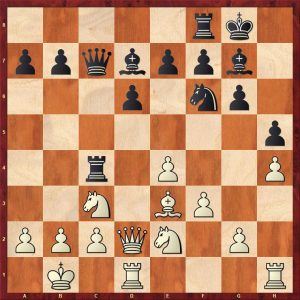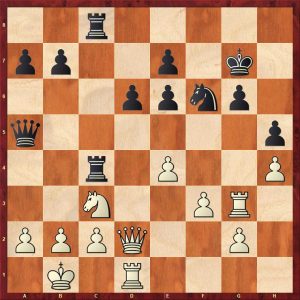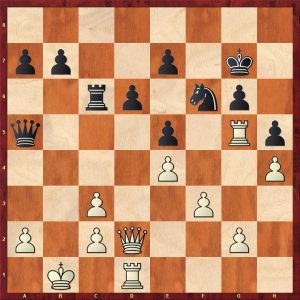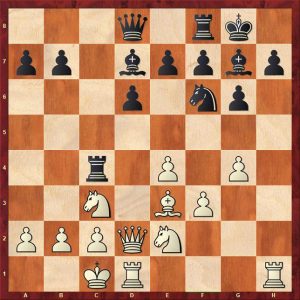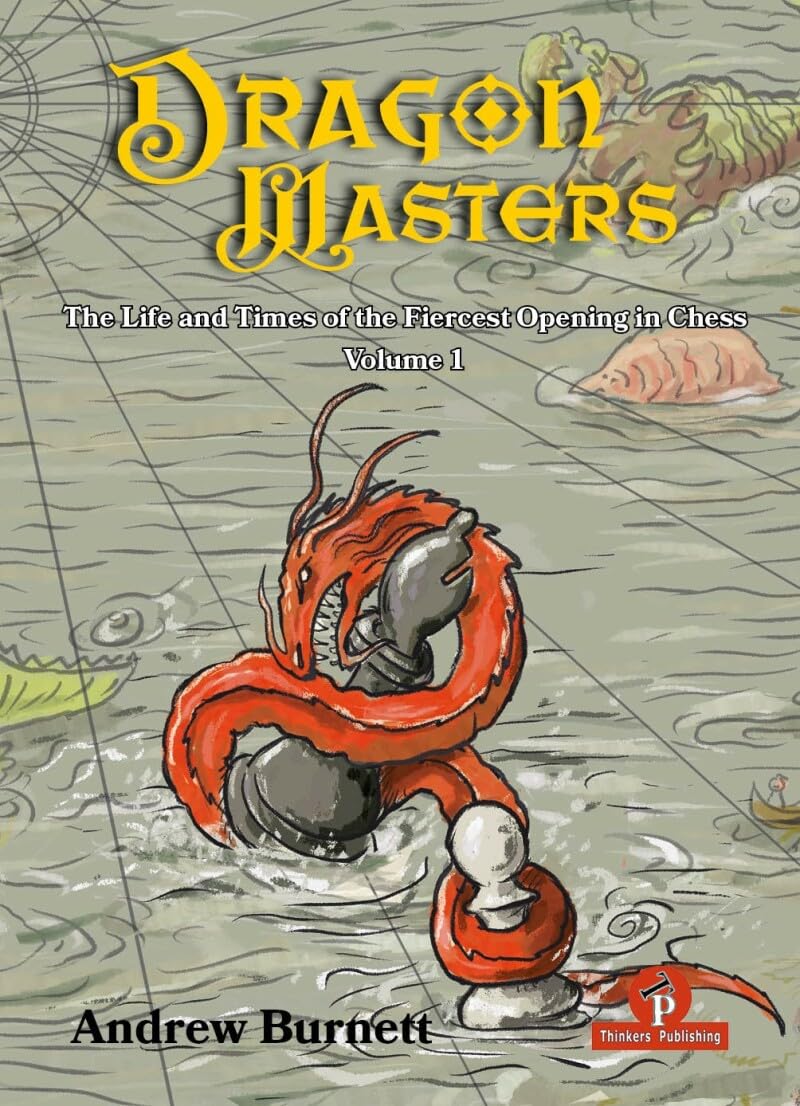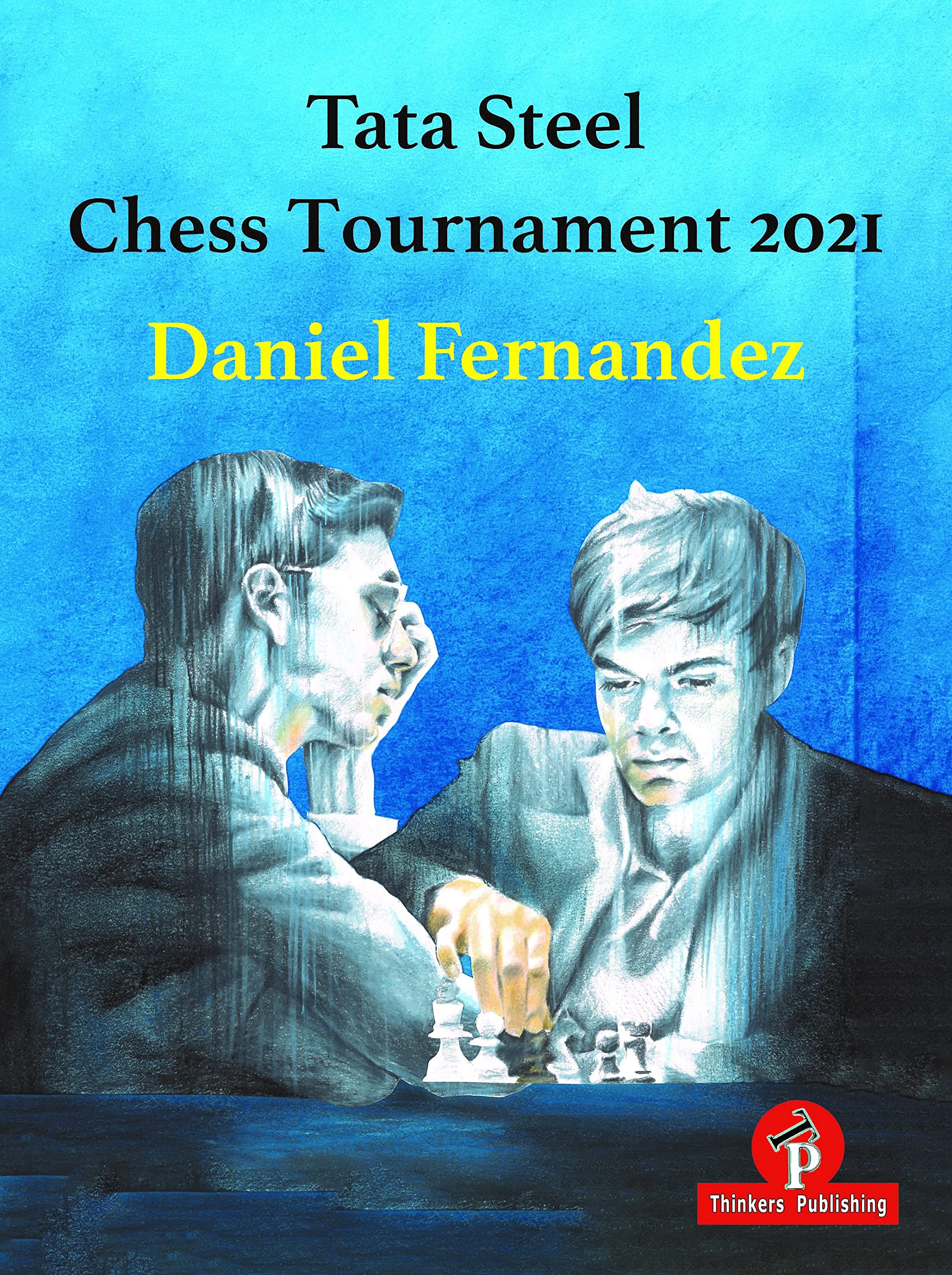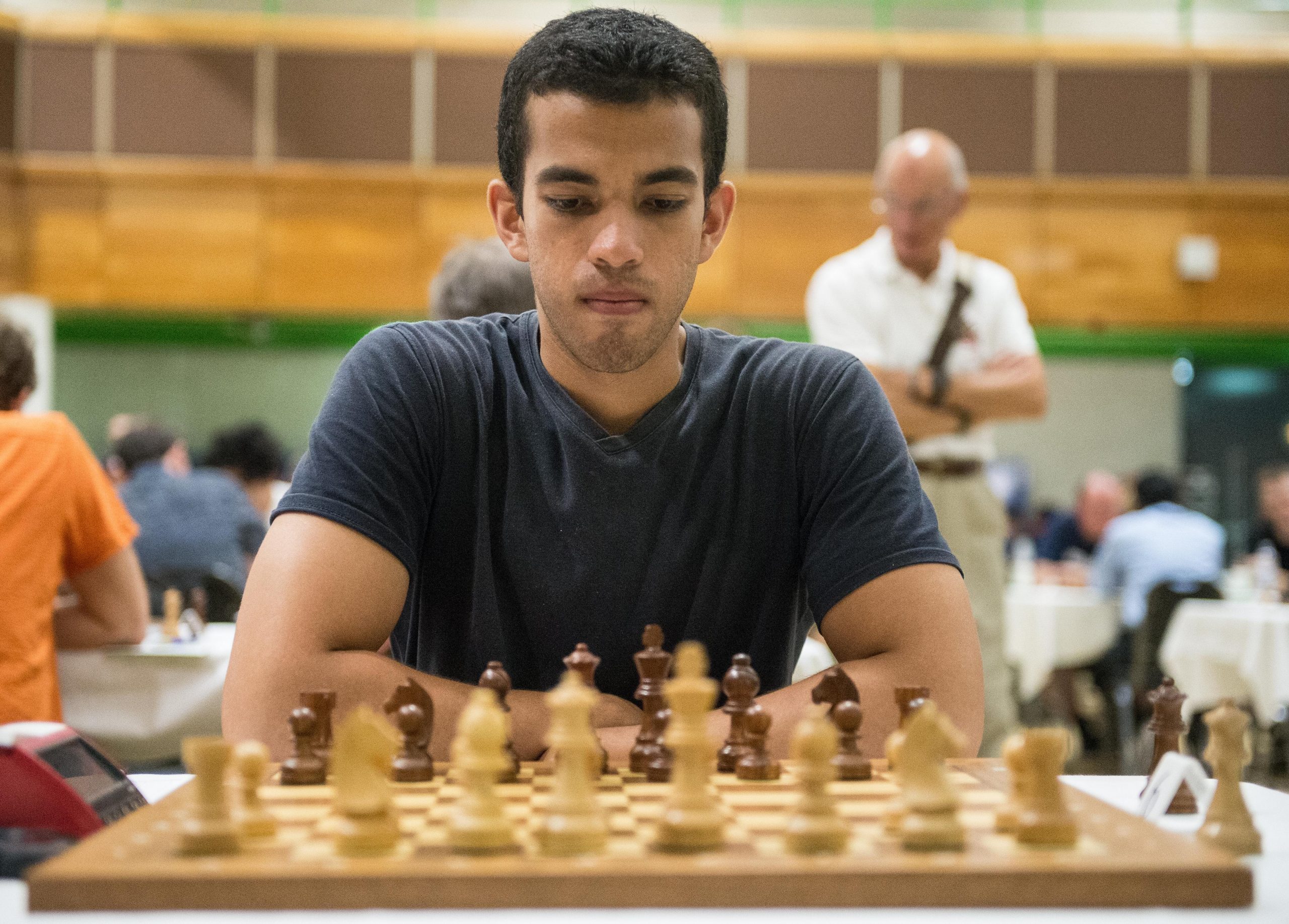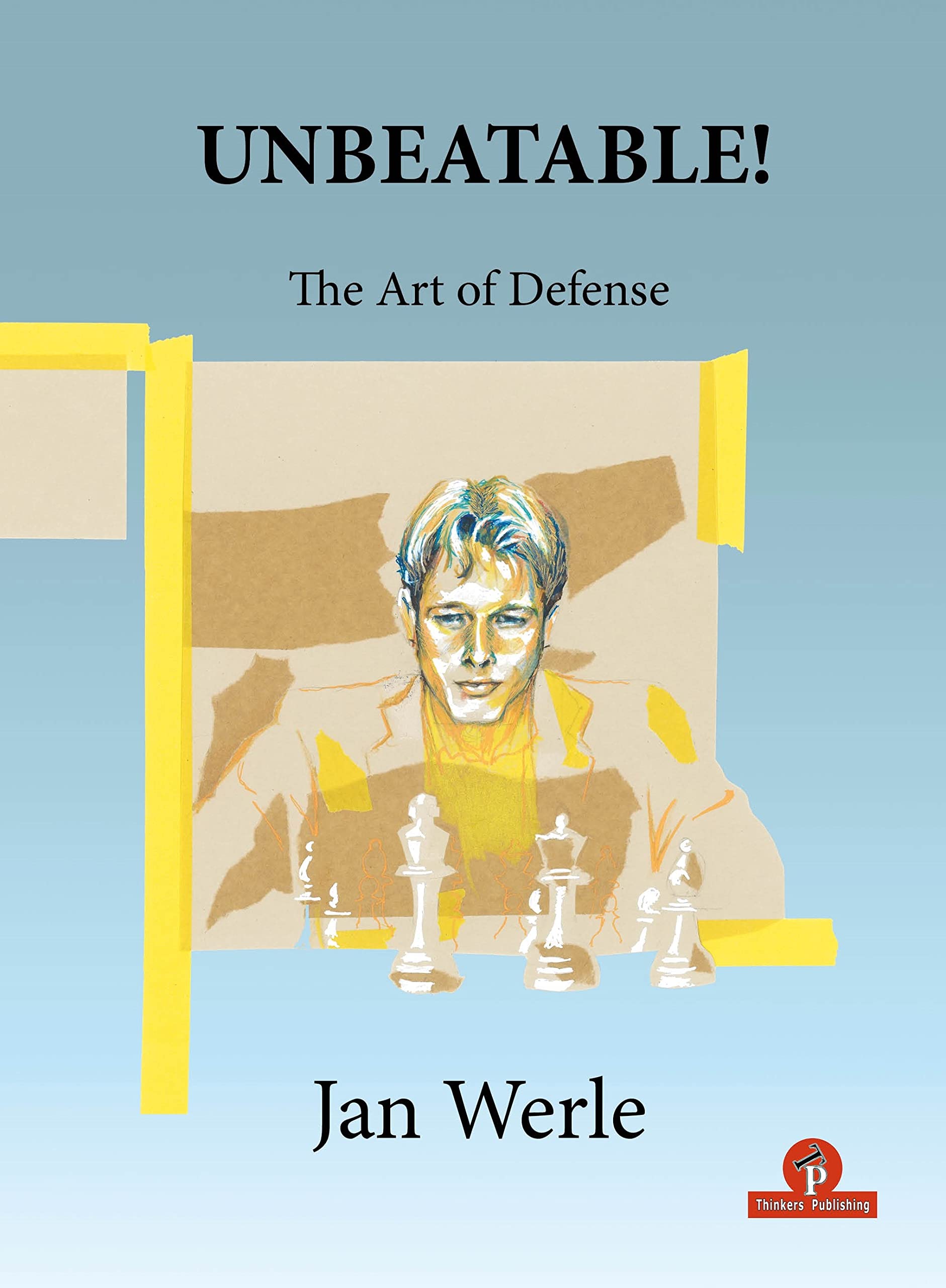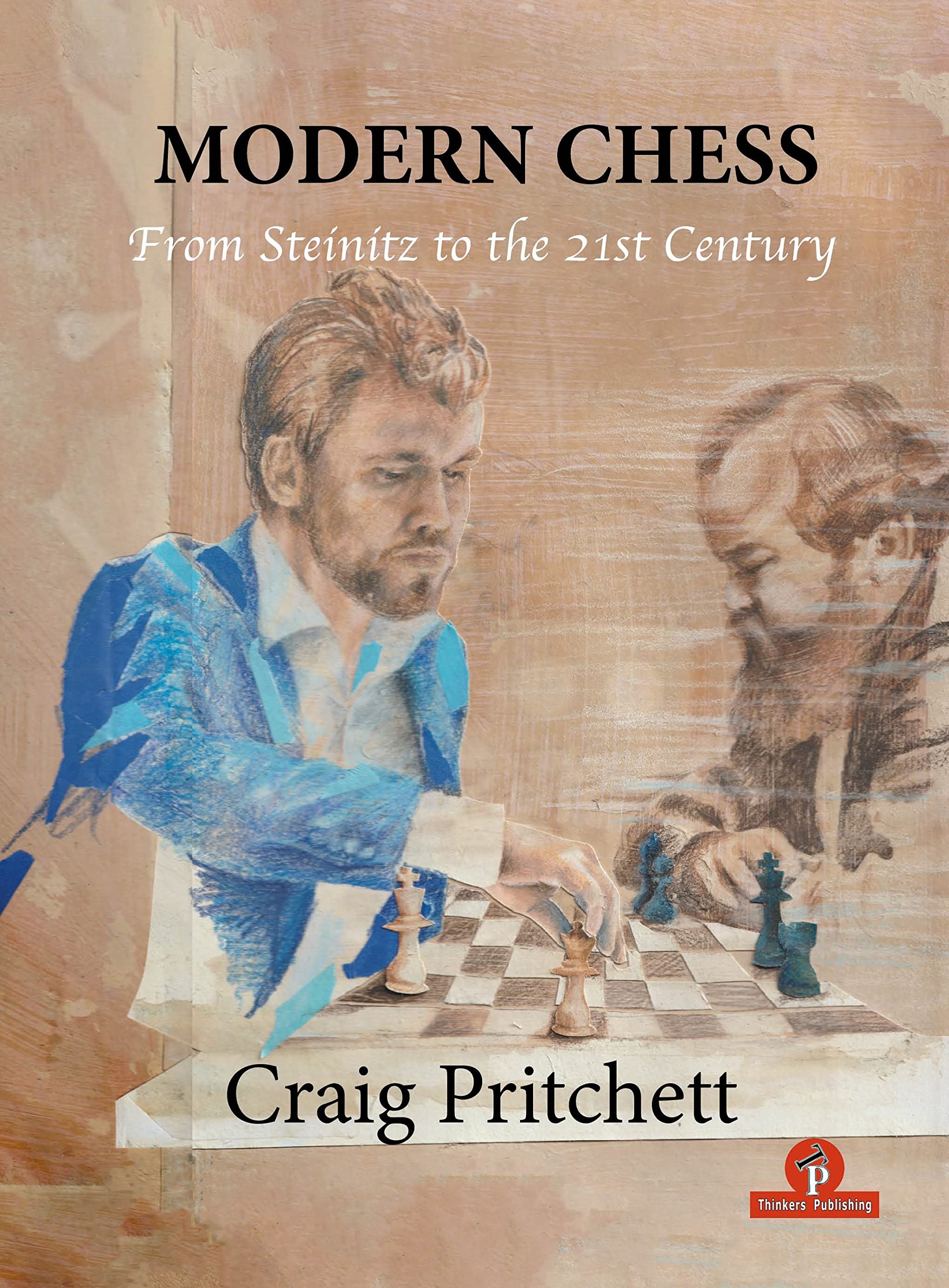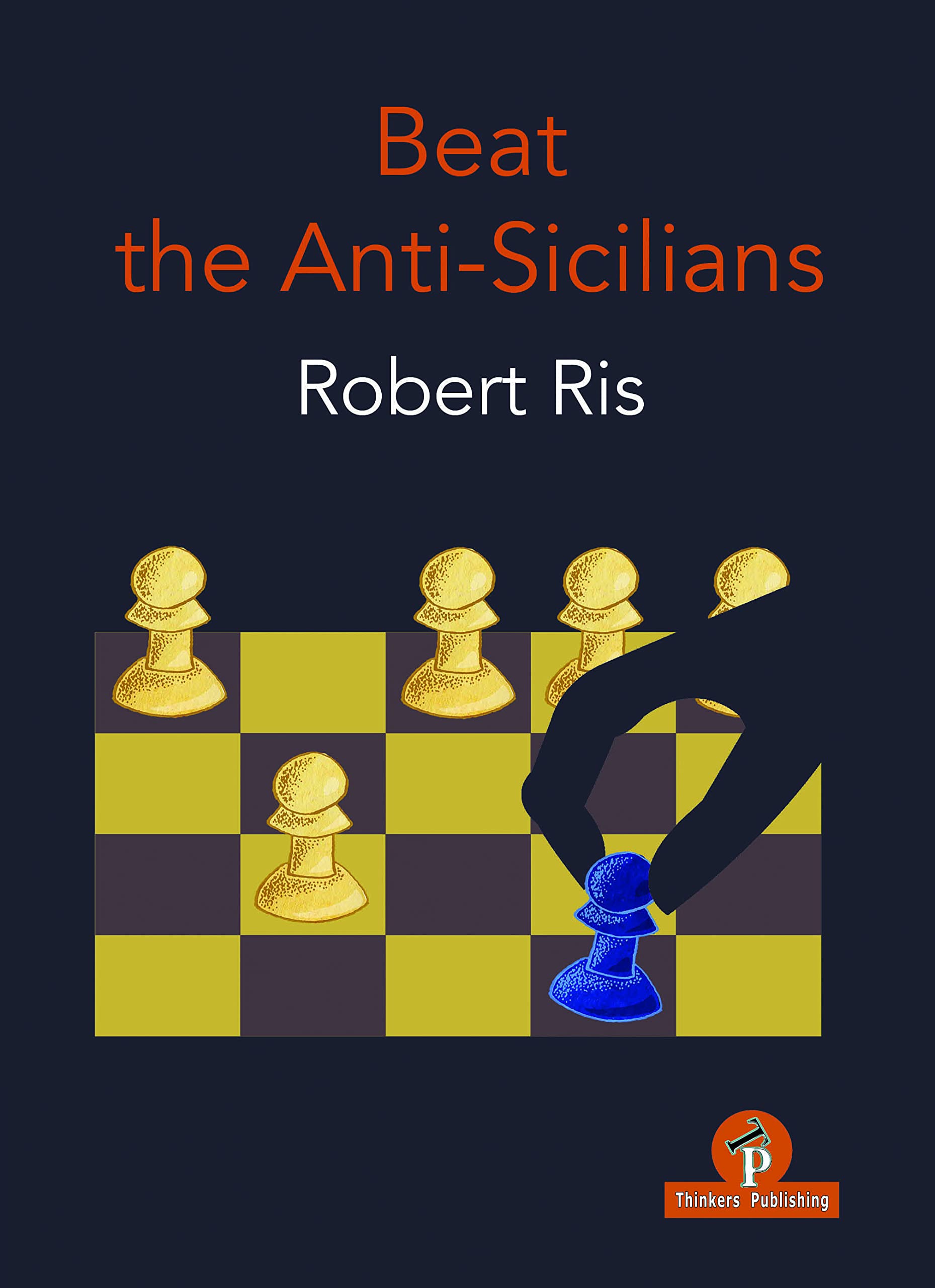From the Publisher:
“There are many books devoted to basic endgames, even from the Middle Ages. Principles of typical endgames (such as keeping the rook behind a passed pawn, not setting pawns on the same colored squares as your bishop’s, distant pawns being more dangerous than central ones etc.) are well known too. But what about “complex endgames”? I have in mind endgames with at least two pieces on each side; well I don’t find them often nor sufficiently well-explained in the past! It is exactly this fact (together with my passion and great endgame experience) that has motivated me to write this book (many friends simply call me “Endgame Wizard” ).
Over two decades of working as a coach has confirmed my opinion that endgames are the biggest problem for young players. Today, in the computer era with a lot of information easily provided, youngsters all over the world rather play blitz, or solve some tactical puzzles in a manner that is “the faster the better” (or even spend time on some other chess disciplines). All of this neglects the basis of chess – the importance of endgames! It is not uncommon that everyday you can be witness to some strange endgame misunderstanding, even at the top level.
This is why I consider some of my favorite endgame books based on logic as the best I’ve ever read – I learned the endgame from some of the best endgame players and authors. And this is why I want to fill that gap in chess literature and to share my devotion, ideas, principles, opinions with you! I hope you will enjoy this material and I am pretty sure you will broaden your endgame horizons.”
About the author:

- Born in Cuprija, Serbia, 05 August 1977
- Started chess at four years old watching father and his brother playing
- Entered first chess club “Radnicki” Cuprija at seven
- Fide Master in 1994
- Serbian youth champion in 1995
- Champion of the Belgrade University in 2001 and 2002
- Won countless times the Serbian team championship (in youth competition as well)
- IM since 2014
- FIDE TRAINER since 2015
- Winner of many open, blitz, rapid and internet events
- Professional coach for more than 15 years
- Author and contributor for American Chess Magazine since 2019
- This is his 4th book for Thinkers Publishing.
From the back cover:
IM Zlatanovic will bring something new to your chess library. In our computer era, focus is usually on openings. Watching recent broadcasts, the new generation would rather choose games of a certain opening and look for an interesting idea or even a brilliant novelty. I offer, and recommend, a different concept altogether, based on the famous Soviet school of chess. The focus should be on understanding strategical concepts, principles and underlying logic. Fashionable opening lines will be forgotten (or re-evaluated) sooner or later, but understanding cannot be lost, and can only be upgraded. It is sad to see some players that are well equipped with opening lines, who are unable to realise a big positional advantage in an endgame. So, our advice is con concentrate on Strategy and Logic.
This new series of books are highly recommended for club players, advanced players and masters, although even higher rated players may also find it useful! There is no doubt that lower rated players will learn a lot about thinking processes and decision making, while some logical principles can be put to use by more advanced players too.
What is an endgame? Engines tend to tell you you’re in the endgame when neither player has more than two major/minor pieces on the board. You might, of course, consider BNN v BNN to be more like an ending than QR v QR. Me, I have no very strong views on the subject. Zlatanovic seems to take a very broad view of what constitutes an ending.
This, then, is a practical, rather than a theoretical book. If you want to know how to play KRB v KR, for example, you’ll need to look elsewhere. We have 188 positions, all of which start with at least two major/minor pieces, many with three, and some with almost the whole complement of pieces. Most of the positions come without queens. So what we have here is something much more than just an endgame manual. You could see it as a guide to positional play in the late middlegame, or even, in some cases, the opening.
The range of sources is impressively wide: from Steinitz in 1883 through to Zlatanovic himself in 2021. From grandmasters to amateurs. From world championship matches to online blitz games. While there are a few very familiar examples (although they’ll always be new to somebody) there will be a lot which you almost certainly won’t have seen before. Here, then, is an author, unlike many who only use a small number of sources for their books, who clearly has an exceptional knowledge of chess and its literature.
He explains in the preface that he has divided the material into 15 chapters, starting with the most important principles and gradually moving on to the most specific principles.
We have:
- The Center
- The Active King
- Open Files
- The Bishop Pair
- Activity & Harmony
- Space Advantage
- Key Squares
- Pawn Majority
- Pawn Weaknesses
- Two Weaknesses & Playing on Both Sides
- Opposite-Colored Bishops
- Exchange Problems
- Do Not Rush
- Schematic Thinking
- Restriction & Prophylaxis
These chapters represent an increasingly important aspect of chess. Even relatively low rated amateurs these days can play the opening well and avoid tactical oversights in relatively simple positions. Incremental time limits mean that games are more likely to be decided by positional factors in the ending than in the days of mad time scrambles or, when I was learning the game, by the adjudicator.
I’d suggest, then, that this could be a very valuable book for anyone of average club standard or above wanting to improve their game. Let’s take a look inside.
Each chapter starts with a brief introduction. Here, as a fairly random example, is that for Chapter 8 (Pawn Majority).
Of course the natural goal of pawn play is the creation of a passed pawn and its promotion! However, this does not happen often!
The logical prerequisite to creating a passed pawn is to have a majority. Of course, with balanced material there would be majorities for both players, on different wings. Which majority is better? Well generally, it is clear that a 2:1 majority is “the best one”. Not only because it can easily create a passer, but even more importantly, it is because of the fact that the passer will be a distant one – it should deflect the opponent’s army (and king!) which would lead to progress and to gaining material on the opposite flank!
You may have already seen this approach a multitude of times. However what about other majorities? Is a 3:2 always better than a 4:3 majority? What about doubled pawns? What about exchanging pieces? Is it better to have more or fewer pieces kept on the board in a situation with mutual majorities? All these answers can be found in this chapter. And a lot of others besides!
I’ll quickly show you a few of Zlatanovic’s examples.
This is Botvinnik – Rabinovich (Leningrad 1934).
Let’s start this chapter with a relatively simple example. White has the better majority – 3:2, which is usually better than 4:3. However the point is that Black has separated a- and c-pawns and it looks like the majority will soon transform to an even better version for White: 2:1.
Later in the chapter: Smyslov – Szabo (Hastings 1955).
White is dominant although it may look as if Black is okay. White’s queenside majority is the key positional factor here, especially after fixing the b7-pawn. Black cannot easily advance it to b6 because of c6, and even exchanging it would create the a-passer. With his next move White opens up the key diagonal and attacks b7.
For my final example, we’re still in the opening, with most of the pieces still on the board. White has to decide on his 12th move in Erenburg – Murariu (Las Palmas 2003).
Here is a more complex example. White has many advantages: better development, more space and a better majority. However the advantage is not large. Black hasn’t made a single bad move – he is ready to place his king on e7 and finish development soon. In such situations active play is extremely important.
Is this position really an ending? Probably not. Does it matter? Again, probably not. If you want to see what happened next in these games, along with Zlatanovic’s explanations you’ll have to buy the book.
You might think the title is slightly misleading, and I might well agree with you, although I’m not sure I could come up with anything better. In some respects this is a modern book on a modern subject but in other respects it might be seem as slightly old-fashioned, and perhaps none the worse for that. The annotations throughout are based on practical considerations rather than computer analysis. Whereas other publishers promote active learning by offering puzzles at the start of each chapter or stopping to ask questions after every few moves, there’s nothing of that nature here.
You could just read the book, or, if you prefer, cover up the moves and try to guess the continuation. You could also set up the positions and play them out against a training partner, your chess coach or a computer.
The production standards are high, although, as you might have realised from the brief quotes above, the English is not always as idiomatic as one might like. There’s also some inconsistency in naming conventions – sometimes using just the player’s initial, sometimes the first name, sometimes also the middle initial and sometimes the full name. It probably won’t bother you but I find that sort of thing slightly annoying. The book also, inevitably, fails the Yates test (he was Fred Dewhirst, not Frederick Dewhurst). We have an index of games at the end, but an index of players might also have been useful.
In spite of these minor reservations I really enjoyed this book and think that, if you’re an above average club standard player, it will add an extra dimension to your play. Even stronger players will, I suspect, find much of value as well. I’d also consider it an invaluable resource for chess coaches working at this level: it’s evident from the book that the author must be an outstanding teacher.
Zlatanovic has clearly put an enormous amount of thought into how the book should be structured and done a lot of research into finding the most suitable examples to include, and should be congratulated on having produced an excellent book. If you agree with him (as I do) that, at least at club level, understanding is much more important than memory, I’d recommend you to take a look.
You can read some sample pages here.
Richard James, Twickenham 10th September 2024

- . Richard James
Book Details:
- Softcover : 496 pages
- Publisher: Thinkers Publishing; 1st edition (2 May 2023)
- Language: English
- ISBN-10: 9464201746
- ISBN-13: 978-9464201741
- Product Dimensions: 15.88 x 3.18 x 22.86 cm
Official web site of Thinkers Publishing
